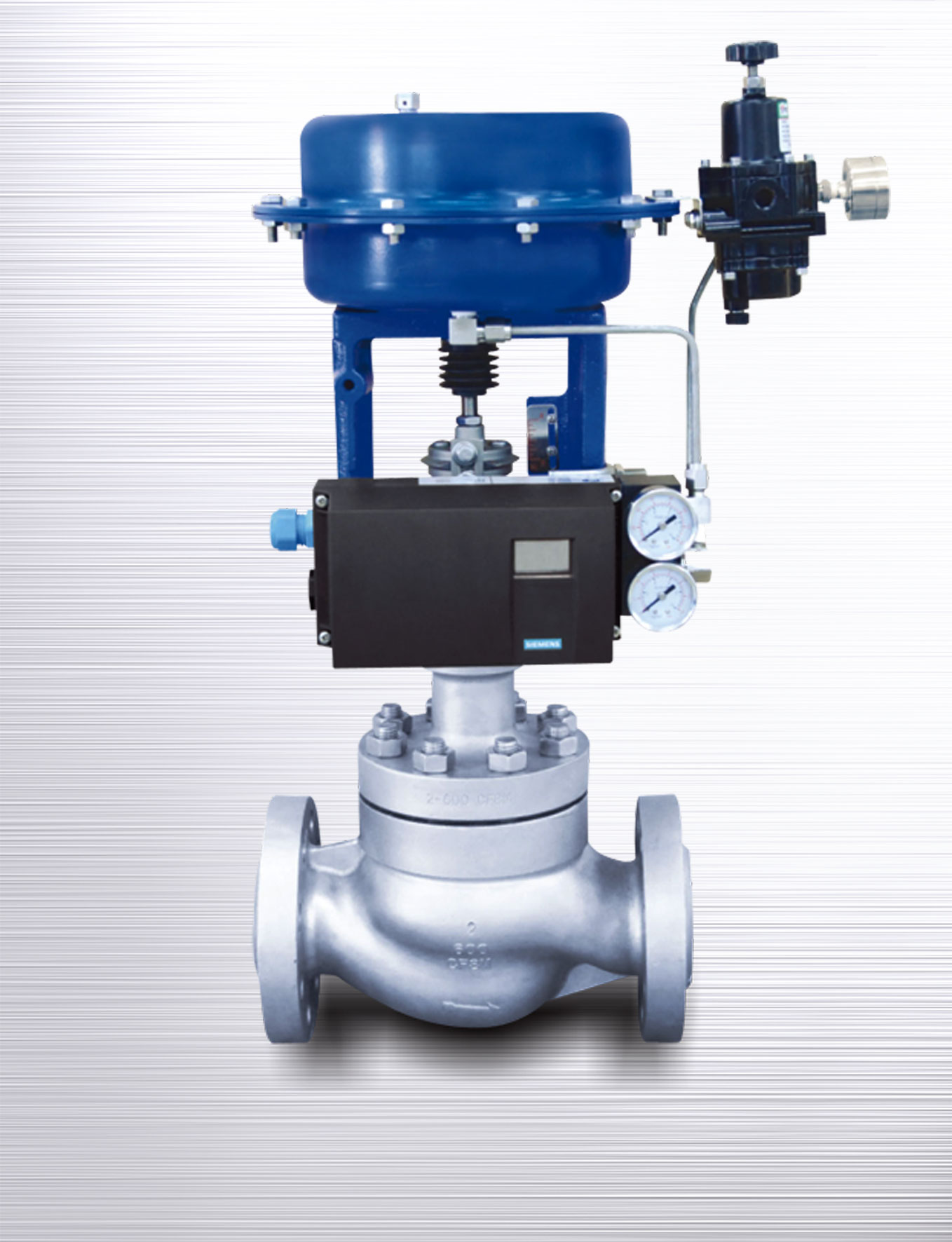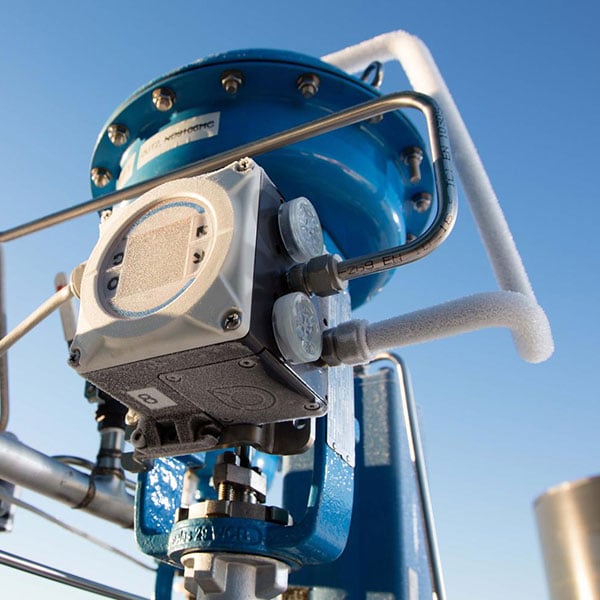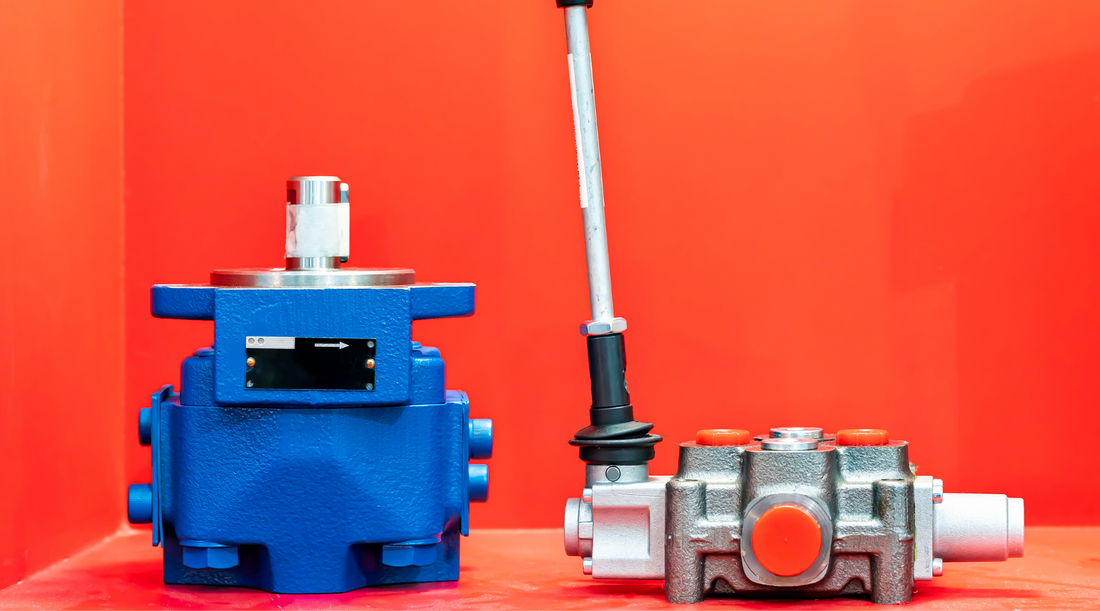Cutting-edge Control Valves: Enhancing Accuracy and Dependability
Cutting-edge Control Valves: Enhancing Accuracy and Dependability
Blog Article

Maximize Energy Savings and Convenience With Advanced Structure Automation Controls
In the realm of contemporary design and facility administration, the integration of advanced building automation regulates stands as a critical advancement. The convergence of technology and sustainability has birthed a brand-new period where power effectiveness, comfort optimization, and operational streamlining are no much longer achievable truths yet far-off desires. By utilizing the power of automation, structures can adjust, respond, and evolve in manner ins which were when unthinkable. The possibility for considerable energy cost savings and boosted comfort is not just a possibility yet an assurance waiting to be met. This paradigm change in building monitoring holds the crucial to opening a globe where ecological conscientiousness and passenger wellness harmoniously exist together within the wall surfaces of our structures.
Energy Effectiveness Benefits
Energy performance advantages can substantially decrease power usage and functional prices in buildings. Energy-efficient systems, such as sophisticated building automation controls, can maximize the usage of sources like air conditioning, lighting, and heating, leading to reduced energy expenses over time.
In addition, enhanced power efficiency can extend the life-span of building devices and systems. By operating much more successfully, HVAC systems, lighting fixture, and other structure elements experience much less damage, leading to minimized upkeep and replacement costs. In addition, energy-efficient buildings typically command higher residential or commercial property values and rental prices, offering lasting monetary benefits to owners.
Moreover, energy effectiveness can boost occupant comfort and performance. Properly controlled indoor settings with optimum lighting and thermal problems develop an even more favorable and pleasant work area, resulting in boosted employee fulfillment and performance. In general, the power effectiveness benefits related to innovative structure automation controls are diverse, encompassing price savings, environmental stewardship, and resident wellness.
Enhanced Convenience Control
Enhancing comfort control in building settings needs an advanced assimilation of advanced automation systems for ideal resident well-being. By using innovative building automation controls, centers can customize the interior atmosphere to satisfy the particular needs and choices of occupants. These systems enable specific law of lights, ventilation, and temperature, developing a comfortable and effective environment. Resident satisfaction and performance are closely connected to thermal convenience, making it necessary to have systems in position that can adapt to altering conditions in real-time.
By including these innovative controls, buildings can not just enhance comfort yet also enhance energy efficiency by maximizing system operations based on actual occupancy and usage patterns. Eventually, focusing on resident convenience via sophisticated automation systems leads to a much more delightful and healthier interior setting.
Operational Performance Improvements

Moreover, the implementation of real-time monitoring and analytics devices allows structure drivers to recognize energy inefficiencies and functional anomalies quickly. By constantly keeping track of power usage patterns and system efficiency metrics, modifications can be made in real-time to maximize power intake and ensure peak functional effectiveness. control valves. Additionally, integrating need reaction methods into structure automation controls can further improve operational efficiency by dynamically readjusting power usage based on grid problems and prices signals
Indoor Environment Optimization
Efficient interior environment optimization is an essential aspect of building automation controls, guaranteeing passengers' comfort and wellness while taking full advantage of power financial savings. By making use of sophisticated sensing units and controls, constructing automation systems can continually change and keep an eye on temperature, humidity degrees, air top quality, and air flow to produce an optimum indoor environment. Maintaining comfortable and constant problems not only enhances occupant contentment but also enhances productivity and total health.
Interior climate optimization also plays a crucial duty in Get More Information power effectiveness. By fine-tuning home heating, ventilation, and cooling systems based upon real-time data and occupancy patterns, constructing automation controls can considerably minimize energy usage - control valves. For circumstances, executing methods such as demand-controlled ventilation and thermal zoning can help decrease power waste while making sure that each area of the structure gets the necessary conditioning.

Sustainable Atmosphere Development
Structure automation manages not only enhance indoor climate problems for power performance and resident convenience yet likewise lay the structure for developing a sustainable setting via calculated monitoring of resources and systems. By incorporating innovative building automation technologies, such as sensing units, actuators, and smart software program, centers can change and keep an eye on power use in real-time to reduce waste and minimize their carbon footprint. These systems allow predictive maintenance, identifying possible issues use this link before they intensify and optimizing equipment performance to enhance longevity and performance.
Furthermore, sustainable setting creation extends past power administration to encompass water preservation, waste decrease, and interior air top quality enhancement. Building automation controls can control water usage, discover leakages, and make certain proper waste disposal techniques, adding to total sustainability efforts. Additionally, by managing and checking ventilation and filtering systems, these technologies improve occupant wellness and performance while decreasing power intake related to cooling and heating operations.
Conclusion
In verdict, advanced structure automation controls offer significant advantages in terms of energy financial savings, convenience control, operational performance, indoor environment optimization, and producing a sustainable setting. By applying these controls, buildings can attain ideal performance while minimizing power intake and boosting occupant comfort. It is evident review that making use of sophisticated automation modern technology is critical in boosting building performance and creating a much more sustainable future.
Power effectiveness advantages can dramatically decrease energy consumption and functional prices in buildings. Generally, the power effectiveness benefits connected with innovative building automation controls are multifaceted, incorporating expense financial savings, environmental stewardship, and owner health.
Additionally, incorporating demand action approaches into building automation controls can even more boost functional effectiveness by dynamically changing power usage based on grid problems and prices signals.
Building automation manages not only maximize interior climate conditions for energy effectiveness and occupant comfort yet also lay the foundation for developing a sustainable atmosphere with critical administration of resources and systems.In final thought, advanced building automation manages deal significant benefits in terms of energy savings, comfort control, functional performance, indoor climate optimization, and creating a sustainable atmosphere.
Report this page